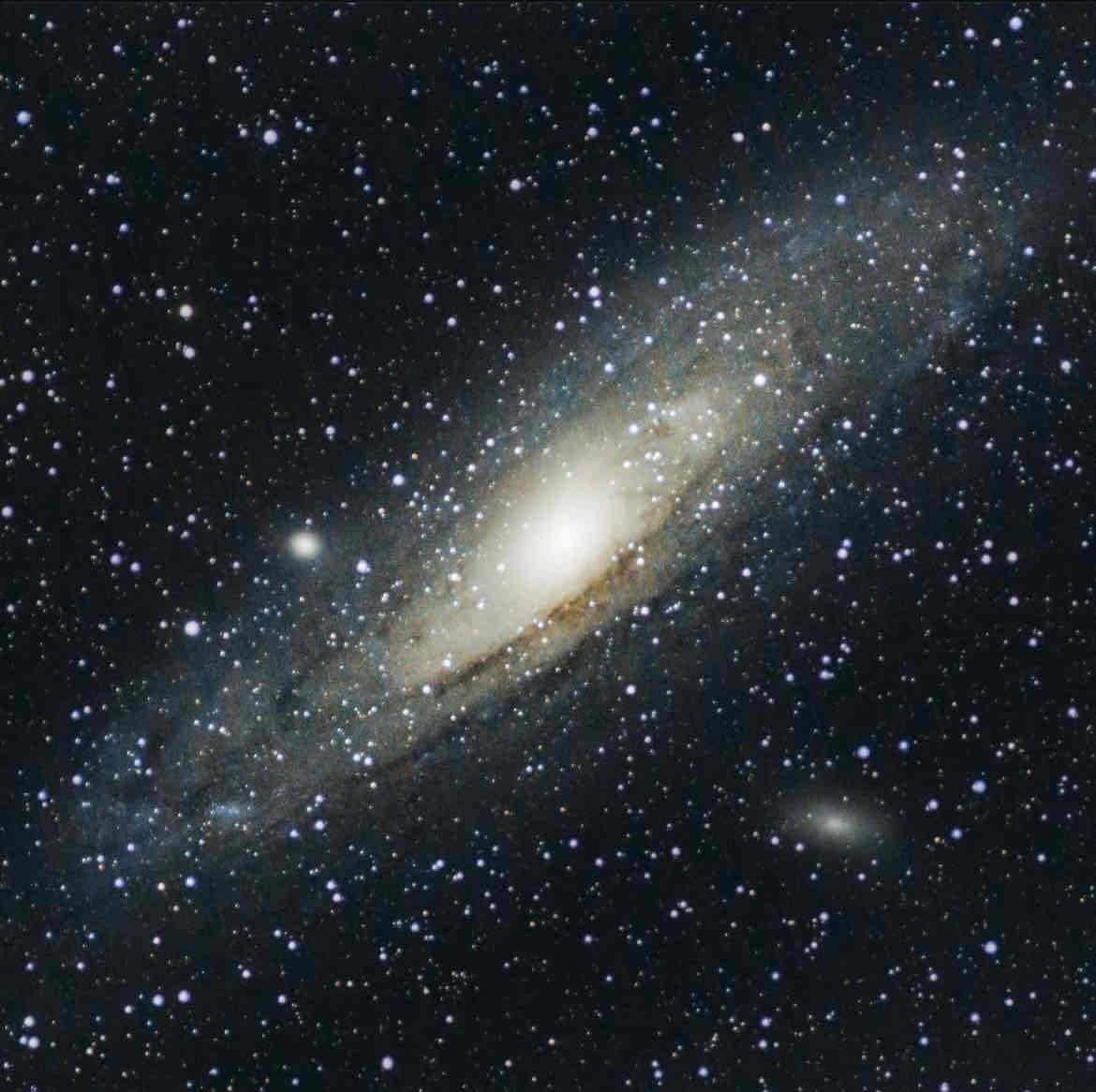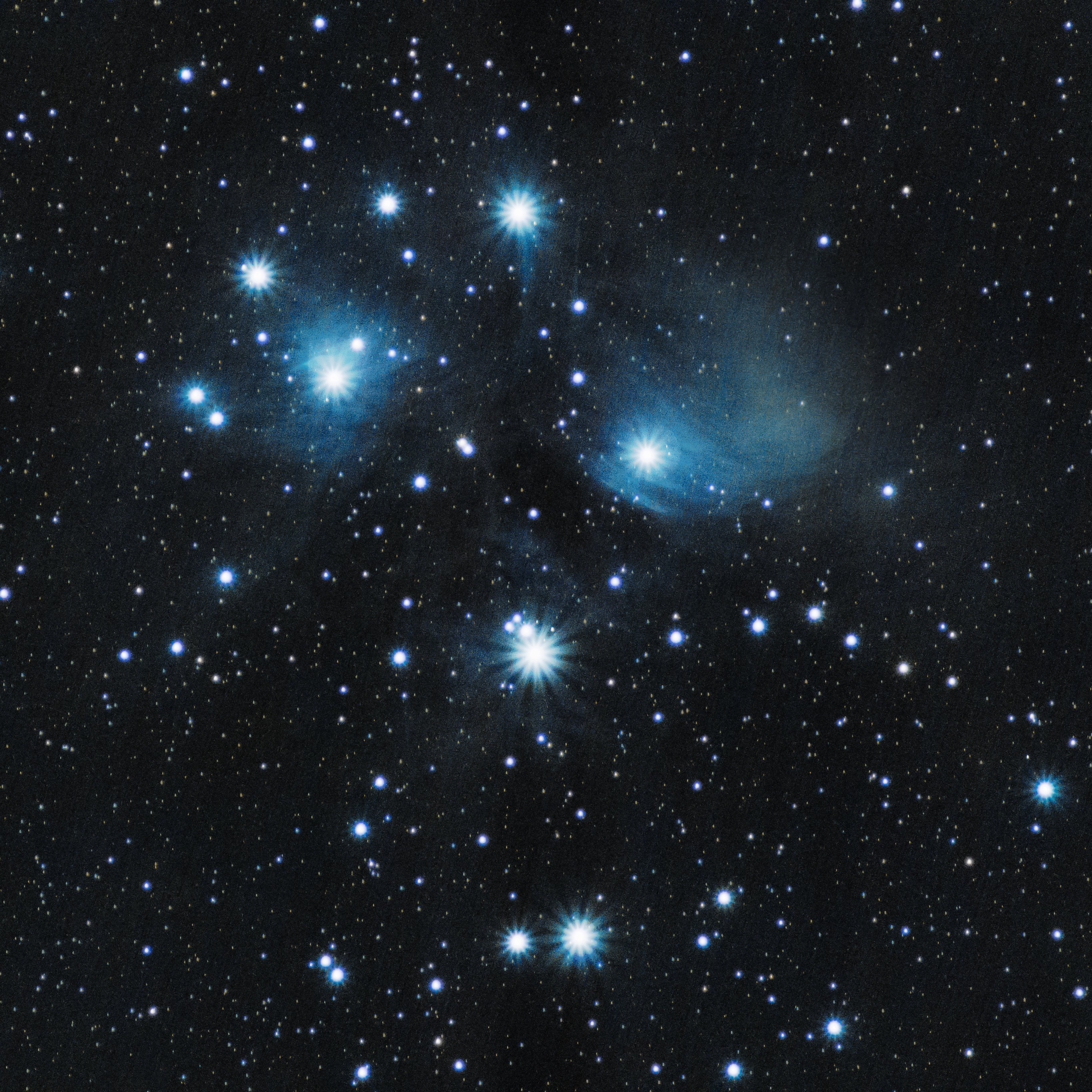Musk could give away a billion dollars a week for the rest of his life and never drop from the forbes list. (Considering how his personal net worth has basically never decreased over time). He doesn't care about money anymore, once you go beyond a certain point you just stay there, no matter what fucked up shit you say or do.
He could appear on live TV tomorrow sodomizing 10 human toddlers and nothing would happen to him.
Threatening him with money will just not work. Ever. Unless we set up guillotines for ultra rich assholes this will only get worse, especially now that Trump and Musk showed their peers that laws don't matter anymore.




Russia has a different approach to the problem: Very aggressive jamming. Sure, you can see them before they can see you, but those missiles are gonna be much less effective at tracking and destroying targets.
Stealth is being as quiet as possible, Russian jets are so damn "loud" that you don't know which target is the real one.
Once within range for a more traditional dogfight it's basically a coin toss, mostly down to the pilots and the reliability of the plane's hardware.